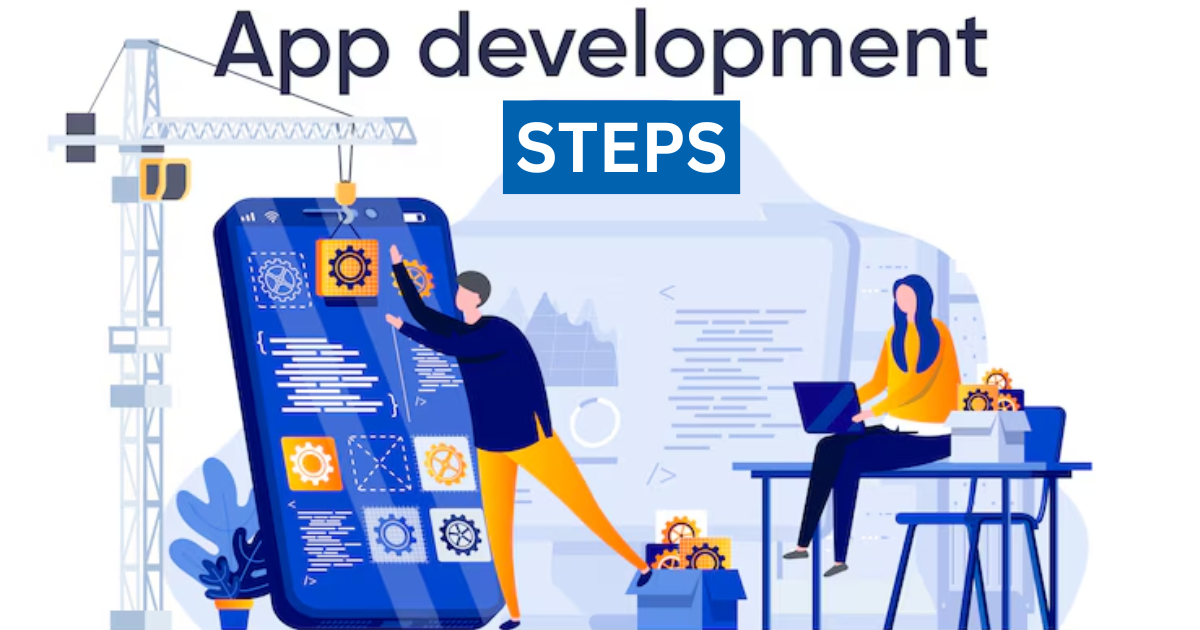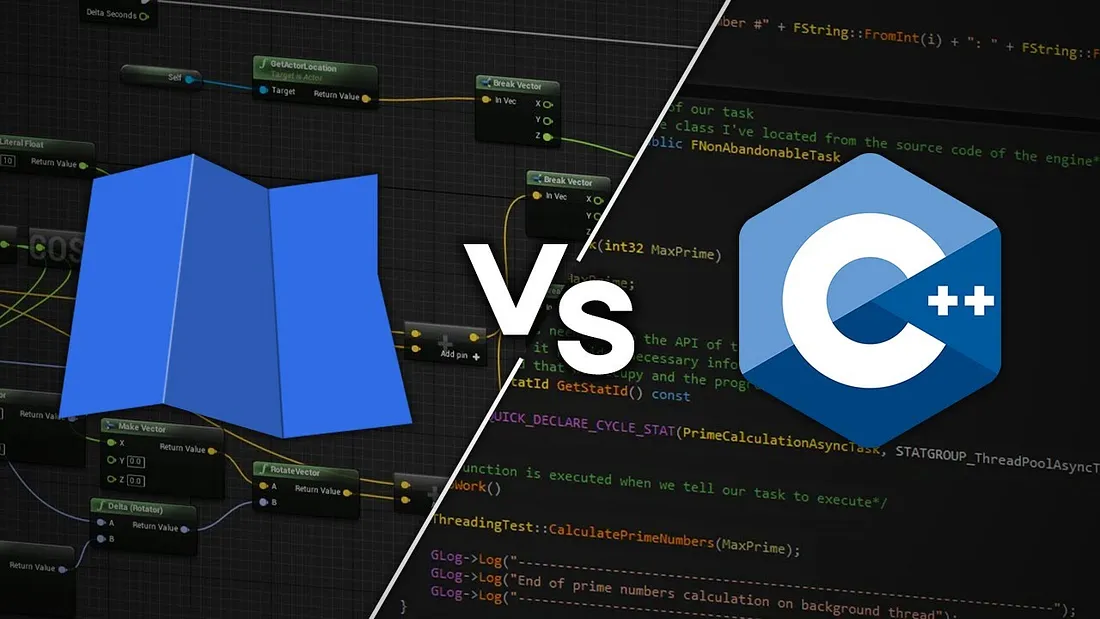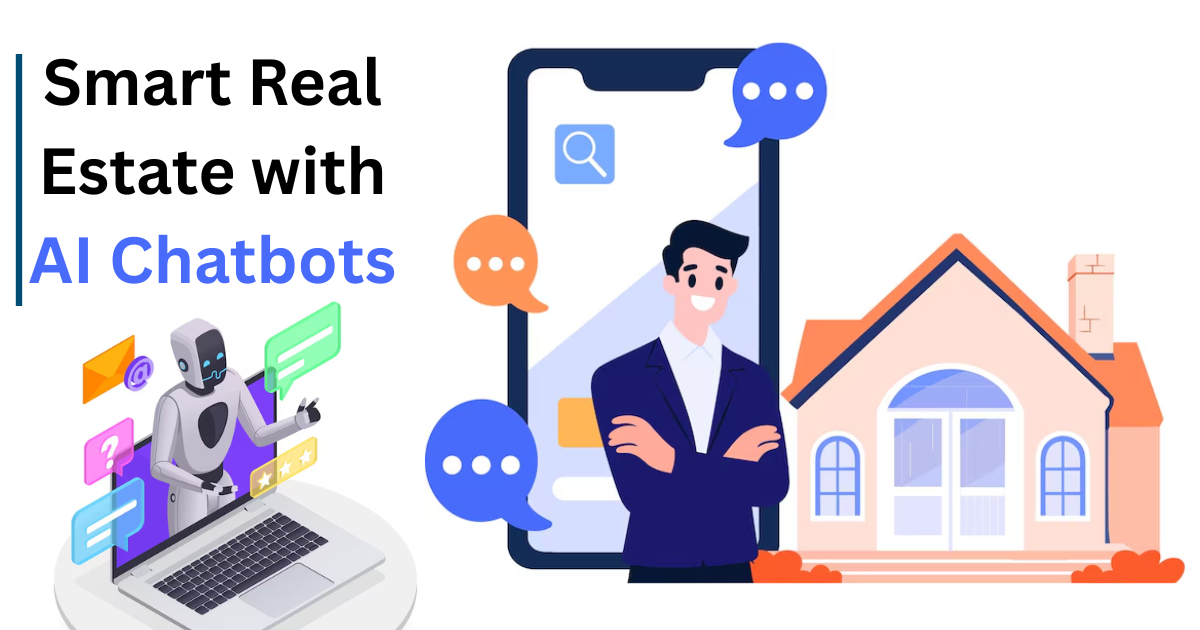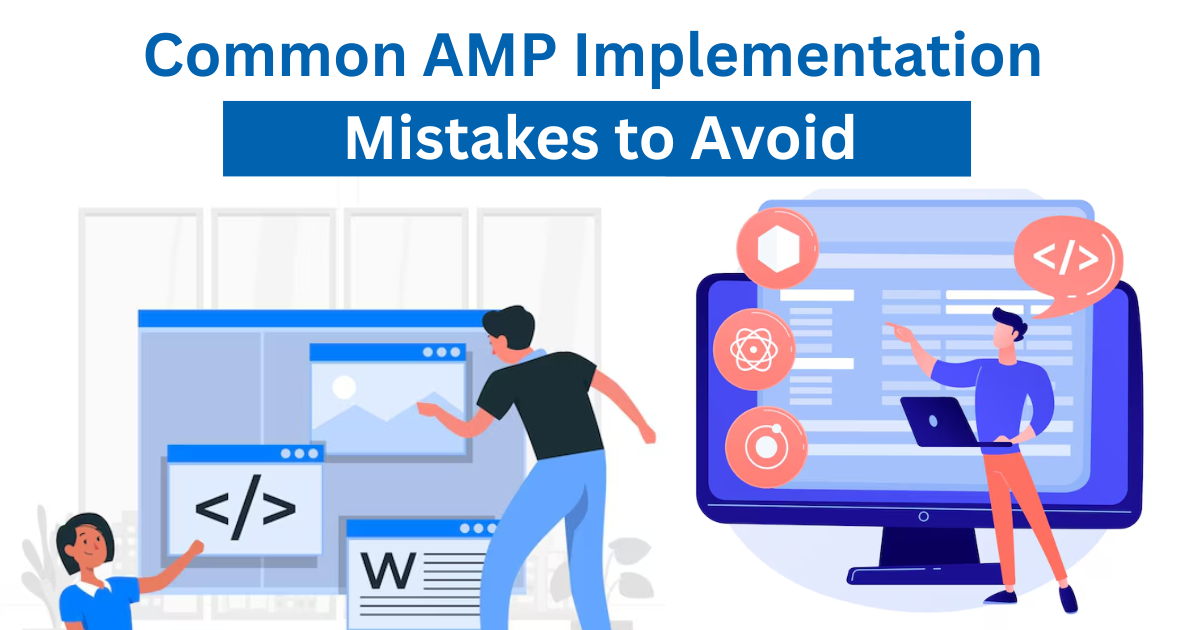IoT and AI: The Future of Smart Automation
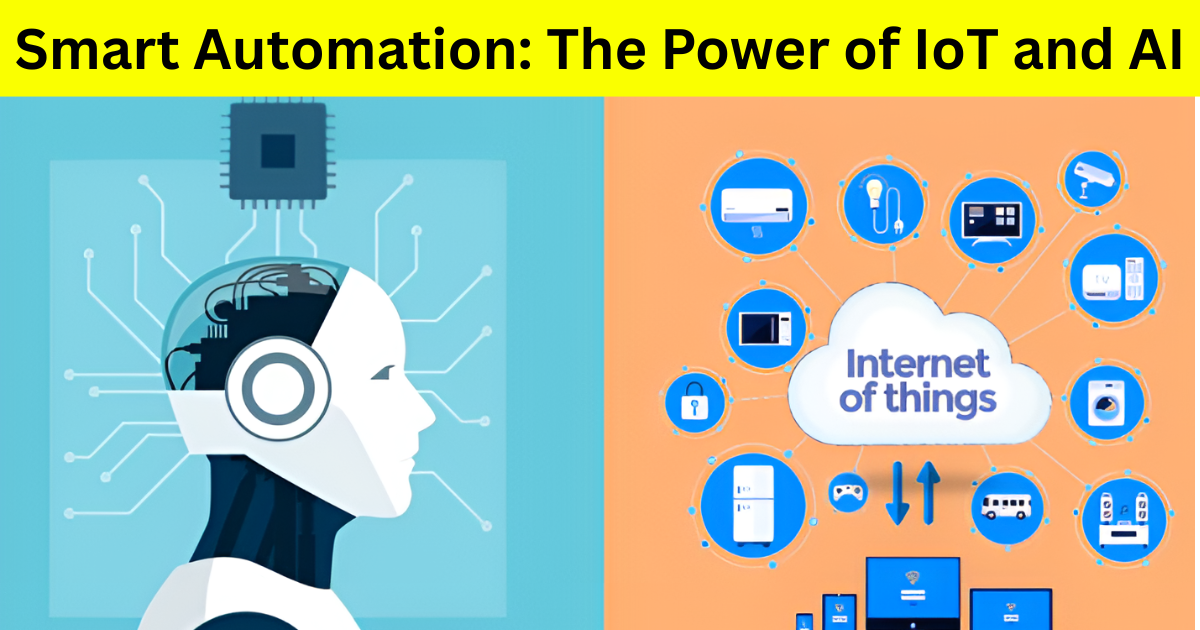
Strong 8k brings an ultra-HD IPTV experience to your living room and your pocket.
In recent years, the convergence of the Internet of Things (IoT) and Artificial Intelligence (AI) has set the stage for a new era of innovation in automation. Together, these two technologies promise to reshape industries, streamline operations, and create smarter, more efficient systems. According to Statista, the global IoT market is expected to grow to over $1.1 trillion by 2026, while AI's contribution to global GDP is projected to reach $15.7 trillion by 2030. For businesses, working with an IoT app development company has become essential to leveraging these technologies to their full potential.
In this article, we will explore how IoT and AI are paving the way for smart automation, focusing on their integration, benefits, challenges, and real-world applications.
Understanding IoT and AI
What is the Internet of Things (IoT)?
The Internet of Things (IoT) refers to the network of physical devices embedded with sensors, software, and other technologies that enable them to collect, exchange, and analyze data over the internet. These devices can range from everyday household items like refrigerators and thermostats to industrial machines and healthcare equipment.
What is Artificial Intelligence (AI)?
Artificial Intelligence (AI) involves creating intelligent machines that can simulate human cognitive functions such as learning, problem-solving, and decision-making. AI uses algorithms and large datasets to analyze and interpret information, make predictions, and automate complex tasks without human intervention.
How IoT and AI Work Together
The combination of IoT and AI creates a powerful synergy that enables devices to not only collect data but also analyze and act on that data in real time. IoT devices generate vast amounts of data, which AI systems process and analyze to provide actionable insights. This makes systems smarter, more responsive, and capable of making autonomous decisions.
The Role of IoT and AI in Smart Automation
Improving Efficiency and Productivity
One of the key benefits of smart automation powered by IoT and AI is the significant increase in efficiency and productivity. Automated systems can operate around the clock, performing tasks faster and more accurately than humans.
Predictive Maintenance: IoT sensors can monitor equipment for signs of wear and tear. AI algorithms then analyze this data to predict when maintenance will be required, preventing costly downtime and extending the lifespan of machinery.
Supply Chain Optimization: IoT devices track inventory and monitor shipping conditions, while AI analyzes the data to optimize delivery schedules and predict demand more accurately.
Reducing Costs
By automating routine tasks, organizations can reduce labor costs and minimize errors. For example:
Smart Energy Management: IoT devices can monitor energy usage in real-time. AI systems can analyze patterns and suggest optimizations to reduce energy consumption, leading to lower operational costs.
Automated Decision-Making: AI-driven systems can automate complex decision-making processes, such as inventory management, based on data from IoT sensors. This reduces the need for human oversight and streamlines operations.
Enhancing Safety and Security
AI and IoT contribute significantly to enhancing safety and security in various sectors:
Smart Cities: In smart cities, IoT sensors collect data on traffic, air quality, and public infrastructure. AI systems analyze this data to optimize traffic flow, detect hazards, and improve public safety.
Healthcare: IoT-enabled medical devices continuously monitor patient vital signs, and AI algorithms analyze this data to identify early warning signs of medical issues. This enables faster intervention and improved patient care.
Real-World Applications of IoT and AI in Smart Automation
Manufacturing and Industry 4.0
The manufacturing sector is one of the earliest adopters of IoT and AI. Known as Industry 4.0, this revolution is transforming factories into smart environments where machines, sensors, and AI algorithms work together to optimize production.
Smart Factories: In smart factories, IoT devices monitor machinery and production lines, while AI systems analyze the data to predict maintenance needs, adjust production schedules, and optimize workflows.
Robotic Process Automation (RPA): AI-powered robots equipped with IoT sensors can perform repetitive tasks such as assembly, packaging, and quality control, reducing human error and increasing efficiency.
Agriculture
In agriculture, IoT and AI are transforming traditional farming practices, enabling smarter, more sustainable farming.
Precision Farming: IoT sensors monitor soil moisture, temperature, and other variables, while AI analyzes this data to optimize irrigation schedules, reduce water usage, and increase crop yield.
Autonomous Farming Equipment: AI-powered autonomous tractors and drones equipped with IoT sensors can perform tasks like planting, fertilizing, and harvesting crops, reducing labor costs and improving productivity.
Transportation and Logistics
IoT and AI are revolutionizing transportation and logistics by enabling real-time tracking, route optimization, and autonomous vehicles.
Fleet Management: IoT sensors track vehicle performance, fuel consumption, and driver behavior. AI analyzes this data to optimize routes, reduce fuel costs, and improve delivery times.
Self-Driving Cars: IoT-enabled autonomous vehicles use sensors to gather data about their environment. AI algorithms process this data to make driving decisions, improving safety and reducing human error.
Healthcare and Remote Monitoring
Healthcare is another area where IoT and AI are having a transformative impact. The combination of these technologies allows for more personalized, proactive care.
Remote Patient Monitoring: IoT devices, such as wearables, collect real-time health data from patients. AI algorithms process this data to provide personalized insights and early warning signs of potential health issues.
Robotic Surgery: AI-driven robotic systems equipped with IoT sensors assist surgeons during complex procedures, enhancing precision and reducing recovery times.
Challenges and Considerations
While IoT and AI offer numerous benefits, their integration also presents several challenges that must be addressed for successful implementation.
Data Privacy and Security
The vast amount of data generated by IoT devices creates concerns about data privacy and security. Ensuring that sensitive data is securely transmitted and stored is essential to protect individuals and organizations from cyber threats.
Encryption: Using advanced encryption techniques can help secure data transmitted between IoT devices and AI systems.
Authentication: Implementing strong authentication methods ensures that only authorized users can access IoT systems and AI applications.
Interoperability
IoT devices and AI systems often come from different manufacturers, making interoperability a key challenge. Developing standardized communication protocols and APIs is crucial to ensure seamless integration between devices and systems.
Scalability
As IoT networks grow in size, scaling AI systems to handle the increasing volume of data becomes more difficult. Developing scalable AI models and infrastructure is essential for ensuring that systems can handle large amounts of real-time data efficiently.
The Future of IoT and AI in Smart Automation
The future of IoT and AI in smart automation looks promising, with many industries on the brink of transformative changes. As these technologies continue to evolve, their integration will drive even more innovations.
5G and Edge Computing
The rollout of 5G networks will significantly improve the performance of IoT devices, enabling faster data transmission and real-time processing. Edge computing will also play a crucial role by allowing AI systems to process data locally on IoT devices, reducing latency and improving response times.
AI-Driven Predictive Analytics
As AI algorithms become more sophisticated, predictive analytics will become even more accurate, enabling businesses to make data-driven decisions with greater confidence. This will lead to more intelligent automation systems that can adapt to changing conditions in real-time.
Autonomous Systems
The integration of IoT and AI will continue to drive the development of fully autonomous systems. From self-driving vehicles to autonomous warehouses, these systems will perform tasks with minimal human intervention, reshaping industries and driving innovation.
Conclusion
The fusion of IoT and AI is fundamentally changing the landscape of smart automation, offering tremendous potential to improve efficiency, reduce costs, and enhance safety. For businesses looking to stay ahead of the curve, partnering with an IoT app development company is essential to leverage these technologies and create innovative, future-proof solutions. As we move forward, we can expect IoT and AI to play an increasingly vital role in shaping industries, improving quality of life, and driving economic growth.
Note: IndiBlogHub features both user-submitted and editorial content. We do not verify third-party contributions. Read our Disclaimer and Privacy Policyfor details.



